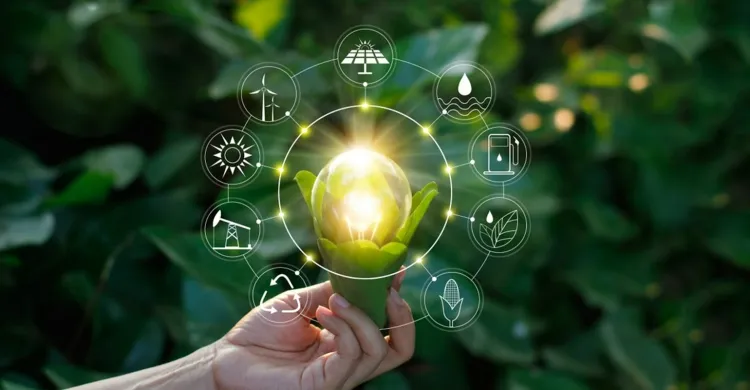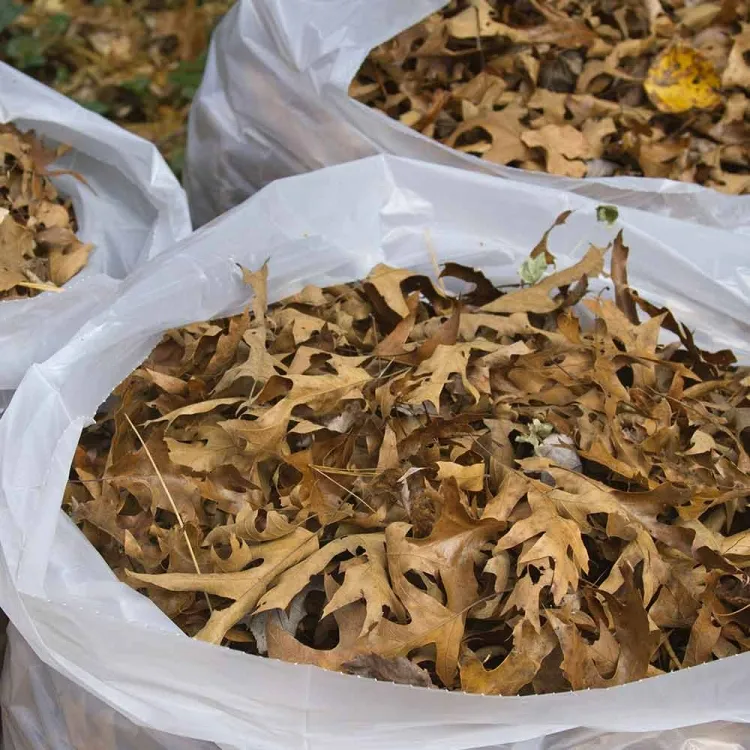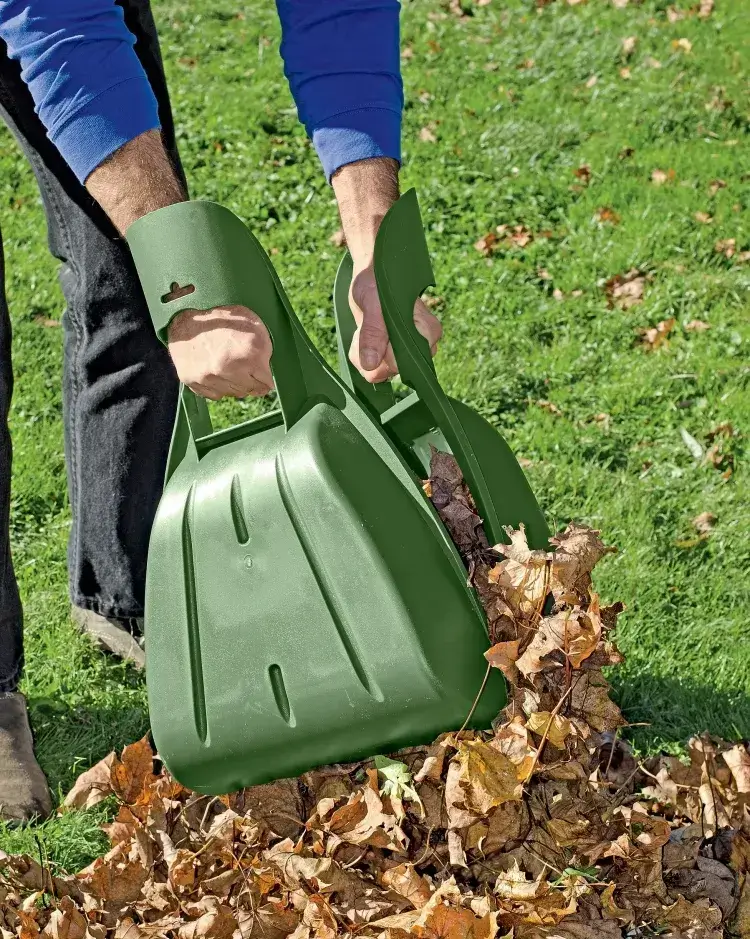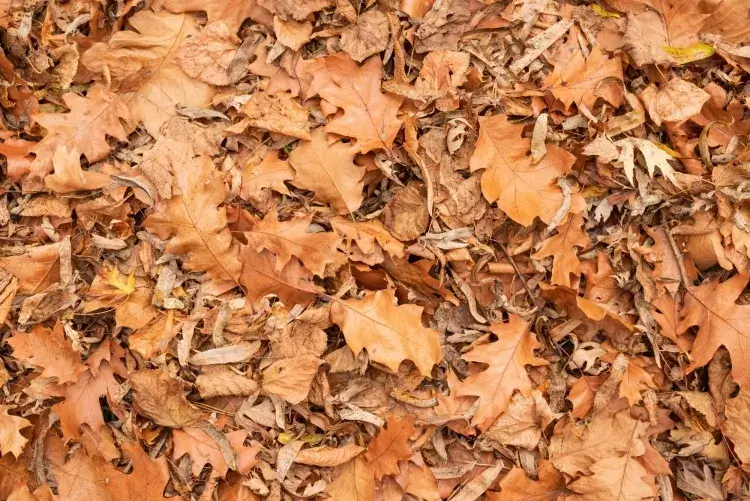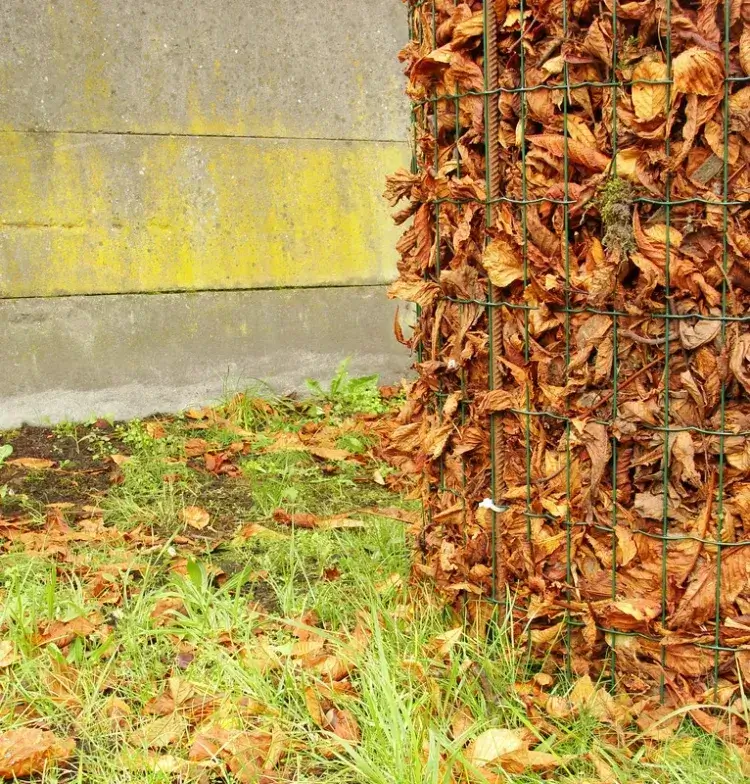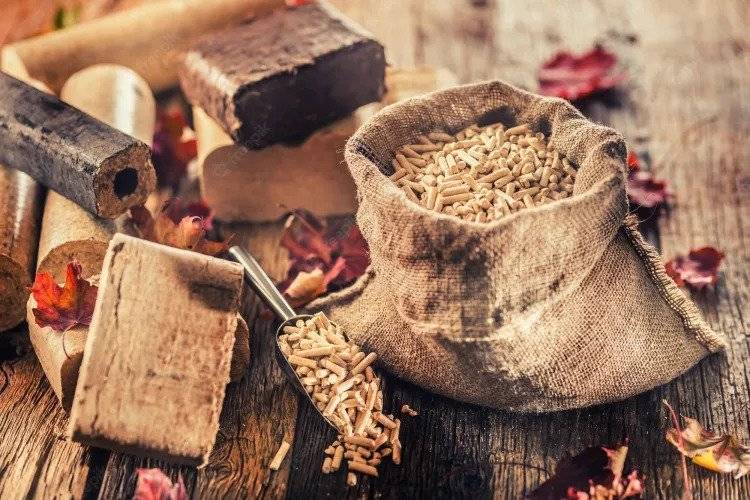In search of heating alternatives, we try to make fuel even from waste. Here is an unusual and practical idea that does not cost a dime! You can burn dead leaves in a pellet stove and this is an opportunity to seize that has several advantages. What are the advantages? Read below to find out how to get a large amount of fall leaves and use some for heating.
Biomass as fuel: can we burn dead leaves in a pellet stove?
People have been using biomass energy for a long time to cook or keep warm. Today it is preferred for powering electric generators and other machinery, and why not for burning in a pellet stove. The sustainable life we are trying to create includes the use of biomass, even if it comes from waste. In addition, making wood pellets is a possible mission.
Biomass energy is generated or produced by living or having lived organisms. The most common biomaterials used for energy are plants, such as corn and soybeans. The energy of these organisms can be burned to create heat or can be converted into electricity.
Generally, biomass contains energy absorbed from the sun by plants according to the following mechanism: plants take advantage of photosynthesis to accumulate energy and then convert it into carbon dioxide and water into nutrients (carbohydrates).
Biomass can be burned to create heat (direct), converted to electricity (direct) or turned into biofuel (indirect).
Burn dead leaves in a pellet stove – Why should we prefer this heating alternative?
Leaves are one of the most common biomass wastes. It’s easy to get plenty of leaves in the fall and winter in your garden. Their intense fall and the natural hedge trimming, as well as the work in the garden leave a lot of green waste. You can go to great lengths to take care of them or get rid of them by burning them. Why not use them as fuel? They can save you money on heating your home in the winter. With a leaf pellet mill, you can turn large piles into pellets and use them in your pellet stove as a heating alternative.
As a raw material for fuel, the leaves have the following advantages:
- The leaves are plentiful and easy to get for free.
- Leaves are a fiber-rich material. It is easy to process into high intensity pellets.
- The leaves burn sufficiently and evenly, with a high calorific value.
- Burning leaves generates little smoke or ash. Cleaning a pellet stove does not require much effort and is not dangerous.
- Biomass is a carbon neutral energy. This can reduce greenhouse gas emissions and air pollution.
Why should you turn the leaves into heating pellets?
First, one can consider their high density and space saving properties. The bulk leaf density is 180 kg/m3, while the leaf pellet density is at least 650 kg/m3. Leaf pellets take up only a quarter of the room occupied by voluminous leaves. The high density makes leaf pellets easy to store and transport.
Second, we are happy to see a better combustion effect. Leaf pellets have a longer burning time and higher burning efficiency. Since they are uniform in size and density, they are convenient to use in heating stoves. Firepower can be controlled by adjusting the refueling speed.
Three, when you burn dead leaves in a pellet stove, cleanliness is one of the advantages. The process of making leaf pellets will remove ash and dirt along with extra moisture. This process can not only improve the burning effect of biomass, but also reduce cleaning work and ensure safety.
What other biomass to get in a pellet mill?
Except leaves, the flat die pellet mill can process various biomass materials, such as crop straw, rice husk, cotton stalk, sawdust, wood chips, grass, twigs, bark, etc. Biomass pellets can be used in domestic heating stoves, boilers and for industrial heating. Also, pellet mills can process pet food into pellets to improve taste and nutrients, or make litter pellets in pet shops.
How to make leaf pellets?
Once put in the pellet mill, the leaves are pressed by the roller which exerts high pressure on them. In the holes of the flat die, the voluminous leaves are transformed into solid cylindrical granules. A knife under the flat die will cut the balls of leaves. Then you can collect the leaf pellets in a composter type container.
Can making leaf pellets for a pellet stove be dangerous?
Freshly fallen leaves contain perfect moisture for making pellets. But for the green leaves or those that have been kept for a while, you need to dry or wet them to keep the moisture content between 10% and 15%, otherwise they will be hard to form and easy to break. What to do with dead leaves? It is easy to make pellets with a mill, but you should pay attention to the following tips:
Before feeding the pellet mill with leaves, you must crush them to a size less than 5 mm, otherwise they will jam the pellet mill and affect the production.
It is recommended to add sawdust to the leaves to make pellets. The lignin contained in the leaves is not sufficient to firmly bind the granules. With a little sawdust, the quality of the leaf pellets will improve considerably.
Preheat the pellet mill before putting the raw materials into it.
Feed the oil mixture (3-5 kg raw materials and 10% waste oil) into the pellet machine repeatedly under the flat die and the heated roller. The pellets may have some cracks at first, but they will be perfect after a while.
If you are not using the leaf pellets immediately in a pellet stove, you can store them in bags and keep them in dry places to avoid moisture.
Read also: What’s the Best Way to Store Wood Pellets? – Indoor and Outdoor Solutions!

